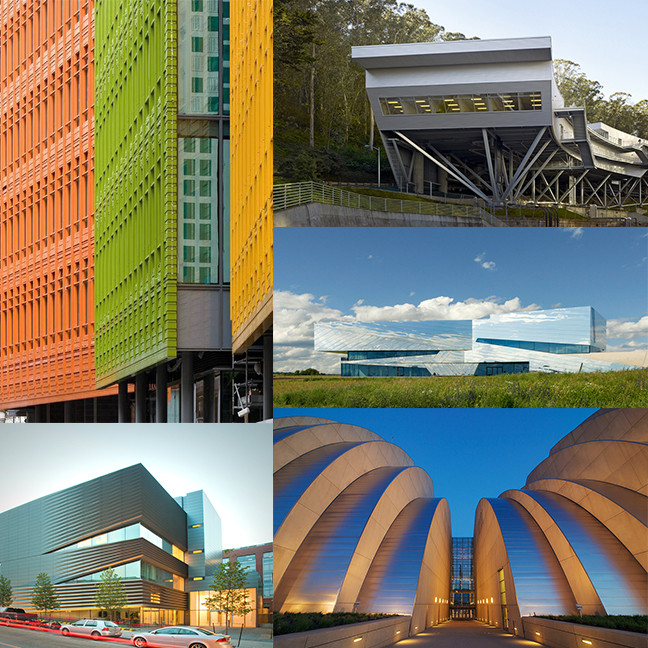
Interiors is an online film and architecture journal published by Mehruss Jon Ahi and Armen Karaoghlanian. Interiors runs an exclusive column for ArchDaily that analyzes and diagrams films in terms of space. Their Official Store will carry exclusive prints from these posts.
Spike Jonze’s fourth feature film, and his fourth feature film collaboration with production designer K.K. Barrett, creates a future world that is both intimate and immersive.
Her (2013), which was filmed in Los Angeles and Shanghai, uses the architecture of both cities to construct a world of its own. Jonze and Barrett, however, chose not to approach the film from a design or architectural perspective; rather, they were interested in reflecting the emotional qualities of their protagonist Theodore Twombly (Joaquin Phoenix) through the production design. Barrett points out that although the future feels distant and foreign for us, “The future is also someone’s present, our character’s present.” Thus, science fiction elements are grounded in reality, and the future world of Her was designed with those ideas in mind.
In an exclusive interview with Interiors, K.K. Barrett discussed his approach as an artist to both the medium of cinema in general and Her in particular. Learn more after the break.








.jpg?1392998805)




























